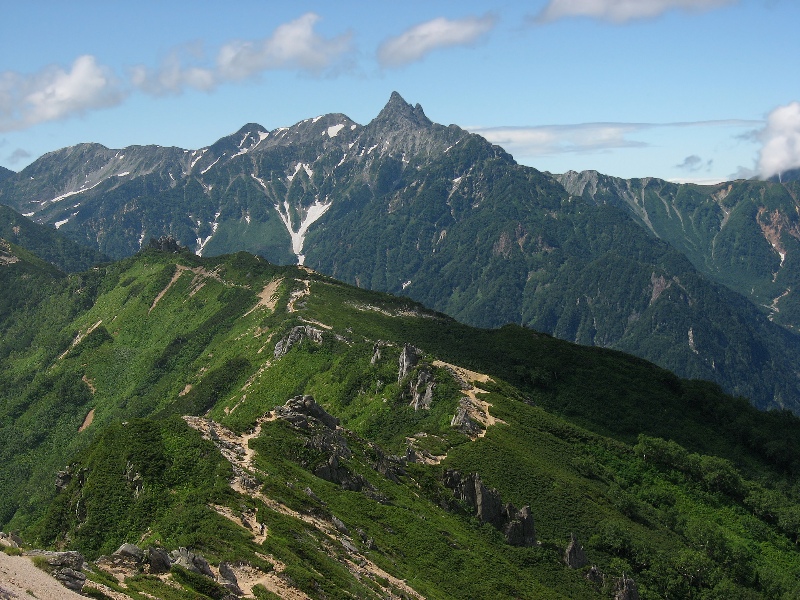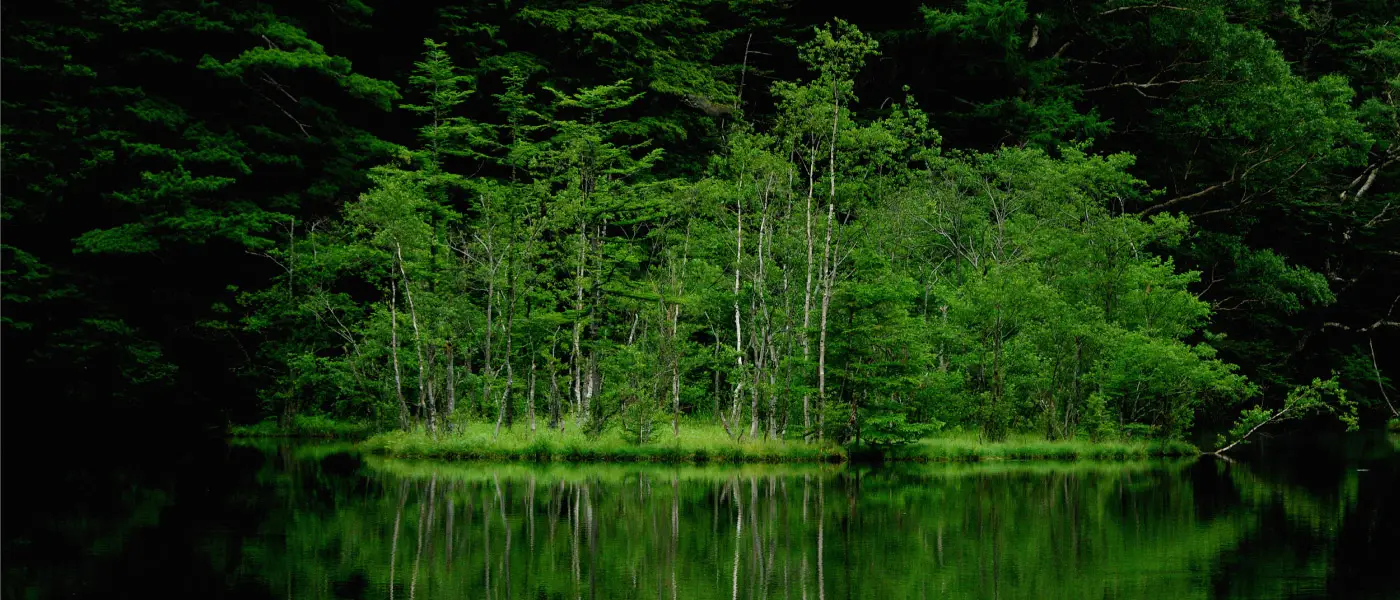 Who was the first person to climb the summit of the mountains of Kamikōchi, a place forbidden to people? This is a drama about the faith of an ascetic monk. This is the story about the spirituality of Japanese people who believed in the mountains and felt the divinity there, so distant from this earthly life... which lead to the story of the “the first alpinist”.
Who was the first person to climb the summit of the mountains of Kamikōchi, a place forbidden to people? This is a drama about the faith of an ascetic monk. This is the story about the spirituality of Japanese people who believed in the mountains and felt the divinity there, so distant from this earthly life... which lead to the story of the “the first alpinist”.
Who climbed first the mountains of Kamikōchi?
Some people believe in the spirit of the mountains. For many Japanese people, this was a cornerstone of their spirituality: they regarded the mountains as sacred and put a certain distance between themselves and the object of their worship. That is the reason why there had not been any ‘alpinism’as a sport in Japan and nobody climbed Kamikōchi, either - until recently, when Japan was introduced to the West.
According to the records, the mountain of Kamikōchi was first climbed by an ascetic priest. His name was Banryū (播隆, 1786-1840) and he was a monk in Etchū (in present Toyama prefecture).
Walter Weston, who introduced first the Japan Alps to the world, is usually called as ‘the father of modern alpinism in Japan’ and there is probably no one in or around Kamikōchi who would not know him. Sadly, hardly anyone knows about the achievements of Banryū, who not only climbed to the top of Mt. Yarigatake (a mountain stretching out to the Japan Alps) 60 years before Weston, but also created a path for the other mountain climbers coming after him.
Paradise at the mountain top
Banryū was an ascetic monk, who never had any meat or any meal prepared on fire. He had only been eating buckwheat and wakame (seaweed), or the fruits of the trees. There are even anecdotes about him: he was sitting even when asleep, and he ended up giving a lecture to robbers. Banryū gave up the workaday world full of pain and desires, and became a monk to follow the road of faith. Unfortunately, he felt that the sect he joined was full of similar tendencies as the real world and got disappointed. Therefore he left the sect and went into the deepest recesses of the mountain for ascetic practice.
As one of the characteristics of Japanese mountain worshipping, previously the summits were considered as holy. Banryū, however, in his mountain recess, witnessed how the summit of Mt. Yarigatake cut into the skies, and to him it might have looked as Paradise (or more exactly, Sukhavati, Amitabha's Pure Land), which is said to be salvation for the masses.
Eventually, Banryū, believing that climbing a high mountain will count as a prayer for the salvation of the people, developed a higan (Buddha’s vow/wish to save humanity) that he would climb the unexplored, untrodden summit of Mt. Yarigatake. The figure of Banryū, denying his self, zealous with penance, stroke at the hearts of the people. Banryū challenged and conquered the summit several times. At the untrodden high mountain, at the height of 3,180 meters, as a proof of his faith, he built a miniature shrine enshrining the three deities of Amida Nyorai (Amitabha Tathagata), Kanzeon Bosatsu (Avalokitesvara, bodhisattva of mercy and salvation) and Monju Bosatsu (Manjusri).
For the safety of ‘mountain climbing’
After having enshrined the three deities, thinking about the safety of the people who might come after him and climb the mountain, next time Banryū started working on hanging up iron chains. Even though iron was a very valuable material that time, the believers donated a lot of it.
The iron chains were completed, but unfortunately, those days bad harvests occured repeatedly and the then Lord Matsumoto forbade to bring the valuable iron chains to the mountain. It was only several years later that believers, carrying on the will of Banryū, managed to hang up the iron chains at Mt. Yarigatake. Banryū was 55 at the time. He, already bedridden with illness, as if he was only waiting to ascertain that the chains were hung, died very shortly. Banryū, who pushed his faith to the limits and climbed Mt. Yarigatake for the first time, was without doubt the first ‘alpinist’ of Japan.
The ‘first alpinist’living on
Some 160 years after the death of Banryū, in 1986, a bronze statue of Banryū was erected in front of Matsumoto station, the entrance to the Northern Alps. Even now, he is gazing at the summits of the Northern Alps, however far they are from Matsumoto. Also, on the occasion of the 150th anniversary of opening Mt. Yarigatake, to remember his achievements, a festival called ‘Banryū-sai’ was started. Even today, anyone can participate free of charge the Banryū Festival, held every year in September.
Furthermore, Banryū is the protagonist of the intense historical novel ‘Opening Mt. Yarigatake’ (1977) of the famous Japanese writer Jirō Nitta. Even today, the unknown ‘first alpinist’ is living on in the hearts of the people.
When you are walking the ridges of Kamikōchi, where you can literally feel the aura hanging in the air, would you think of not only Walter Weston, but also Banryū the monk, who walked this sacred land with a strong belief in his heart?




